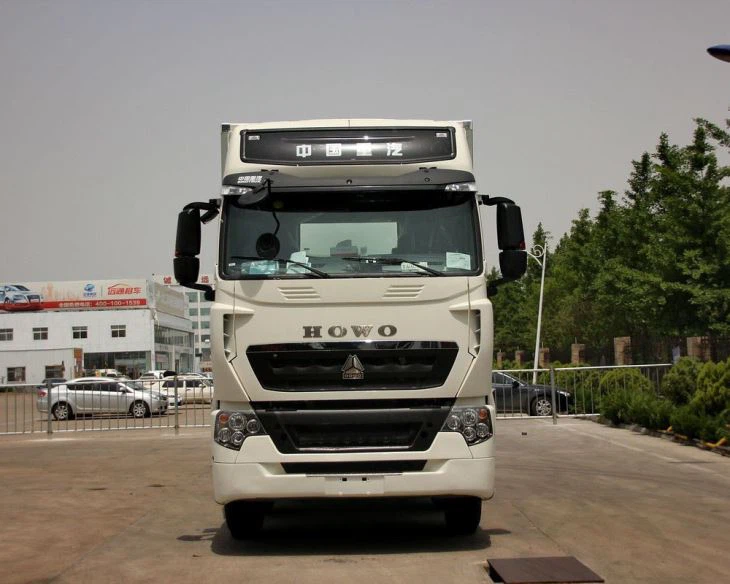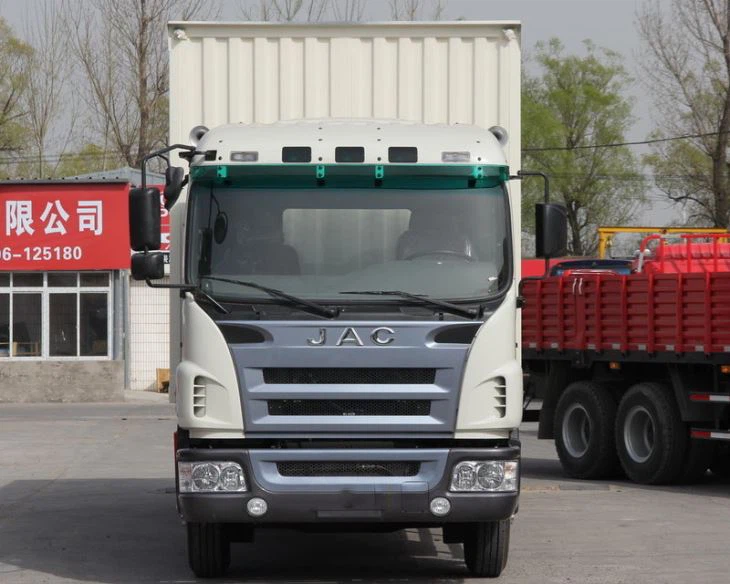Everything You Need to Know About Sanitation Trucks: A Comprehensive Guide

Sanitation trucks play a vital role in maintaining hygiene and cleanliness in our communities. These specialized vehicles help transport waste materials from homes and businesses to disposal sites, ensuring that cities remain clean and livable. In this article, we will cover everything you need to know about sanitation trucks, including their types, functions, benefits, and the latest innovations in the industry.
The Importance of Sanitation Trucks
Sanitation trucks are crucial for public health and environmental safety. They help minimize the spread of diseases by efficiently removing waste from urban areas. Without sanitation trucks, managing waste becomes an overwhelming task, leading to unsanitary conditions.
Public Health and Safety
Regular collection of waste prevents the accumulation of garbage, which attracts pests and poses health risks. Sanitation trucks ensure waste is properly contained and transported, reducing the chances of contamination.
Environmental Protection
By facilitating the proper disposal of waste, sanitation trucks contribute significantly to environmental conservation. They help in managing landfill operations, recycling processes, and hazardous waste disposal.
Types of Sanitation Trucks
Sanitation trucks come in various types, each designed for specific waste collection tasks. Understanding these types is essential for efficient waste management.
Rear Loader Trucks
Rear loader trucks are among the most common types of sanitation trucks. They have a large hopper at the back where waste is collected. Workers need to lift rubbish bins and dump them into this hopper manually.
Advantages of Rear Loader Trucks
- Cost-effective for residential waste collection.
- Durable and easy to maintain.
Disadvantages of Rear Loader Trucks
- Limited capacity compared to other types.
- Higher labor costs due to manual loading.
Front Loader Trucks
Front loader trucks are designed for commercial and industrial waste collection. They have large forks at the front that can lift dumpsters directly onto the truck.
Advantages of Front Loader Trucks

- High capacity, suitable for bulk waste collection.
- Automated loading reduces labor costs.
Disadvantages of Front Loader Trucks
- Higher initial investment costs.
- Not suitable for residential waste collection.
Side Loader Trucks
Side loader trucks allow automated collection of waste from bins placed to the side of the roadway. They are increasingly popular due to their efficiency and reduced labor costs.
Advantages of Side Loader Trucks
- Increased safety due to fewer manual lifting tasks.
- Efficient collection reduces route times.
Disadvantages of Side Loader Trucks
- Requires specialized equipment for operation.
- Higher maintenance costs due to automation.
Vacuum Trucks
Vacuum trucks are specialized sanitation vehicles primarily used for liquid waste collection, including sewage and hazardous materials.
Advantages of Vacuum Trucks
- Effective for liquid waste collection.
- Can handle hazardous materials safely.
Disadvantages of Vacuum Trucks
- Requires trained personnel for operations.
- Higher maintenance costs due to specialized equipment.
How Sanitation Trucks Work
Understanding how sanitation trucks operate helps in appreciating their importance in waste management.
Collection Process
The collection process usually starts with a predetermined route. Sanitation trucks drive through neighborhoods and commercial areas to collect waste from bins.
Steps in the Waste Collection Process
- Route Planning: Determine the most efficient paths for collection.
- Loading: Sanitation workers manually or mechanically load waste into the truck.
- Transport: The truck transports the waste to landfill or recycling facilities.
Disposal Process

Once collected, waste is taken to designated disposal sites where it is either landfilled, composted, or recycled based on material type.
Benefits of Using Sanitation Trucks
Investing in modern sanitation trucks offers numerous benefits to municipalities, businesses, and the environment.
Efficiency and Cost-Effectiveness
Modern sanitation trucks are designed for maximum efficiency. Automated systems reduce the need for labor, leading to cost savings.
Improved Public Image
Regular waste collection and management enhance the public image of cities, making them more attractive to residents and businesses.
Environmental Stewardship
By using sanitation trucks that prioritize recycling and proper waste disposal, municipalities contribute to environmental sustainability.
Innovations in Sanitation Truck Technology
The sanitation truck industry is continually evolving, with innovations aimed at improving efficiency and safety.
Electric Sanitation Trucks
Electric sanitation trucks are becoming increasingly popular due to their lower emissions and reduced operating costs.
Benefits of Electric Trucks
- Reduced carbon footprint.
- Lower fuel costs.
Automated Systems
Automation in sanitation trucks enhances operational efficiency by reducing manual labor and improving safety.
Advantages of Automation
- Minimized risk of injury to workers.
- Increased speed and reliability of waste collection.
Smart Routing Technology
Smart routing technology utilizes GPS and data analytics to optimize waste collection routes, reducing fuel consumption and improving service time.
Practical Tips for Choosing the Right Sanitation Truck
Selecting the appropriate sanitation truck is crucial for effective waste management. Here are some practical tips.
Assessing Waste Volume
Estimate the volume of waste your community generates to determine the capacity needed for the sanitation truck.

Considering Vehicle Features
Look for features that enhance efficiency, such as automated loading systems, compaction technology, and GPS tracking.
Evaluating Operating Costs
Analyze both the initial purchase price and ongoing operating costs, including maintenance, fuel, and insurance.
Regulations and Compliance for Sanitation Trucks
Sanitation trucks must comply with various laws and regulations governing waste management. Failing to adhere to these regulations can lead to significant fines and legal issues.
Local Regulations
Each locality may have specific regulations concerning waste collection days, permissible waste types, and vehicle registration.
Environmental Compliance
Compliance with environmental protection laws is critical. Sanitation trucks must adhere to emissions standards and waste handling practices.
Frequently Asked Questions (FAQ)
1. What types of waste can sanitation trucks collect?
Sanitation trucks can collect various types of waste, including municipal solid waste, recyclables, yard waste, and liquid waste (using vacuum trucks).
2. How often do sanitation trucks collect waste?
Collection frequency varies by locality but is typically once a week for residential areas and more frequently for commercial establishments.
3. Are there any safety measures for sanitation truck workers?
Yes, sanitation truck workers must wear personal protective equipment (PPE) and receive training to operate machinery safely and handle hazardous materials.
4. Can sanitation trucks be used for recycling?
Yes, many sanitation trucks are equipped to collect recyclables separately, promoting recycling efforts in communities.
5. How do municipalities fund sanitation truck operations?
Municipalities often fund sanitation truck operations through taxes, service fees, or grants for environmental services.
6. What is the lifespan of a sanitation truck?
The lifespan of a typical sanitation truck ranges from 7 to 15 years, depending on usage, maintenance, and overall care.
Conclusion
Sanitation trucks are indispensable for maintaining cleanliness and public health in our communities. By understanding their types, functions, and innovations, municipalities can make informed decisions about waste management. This comprehensive knowledge drives efficient operations and a cleaner environment.
